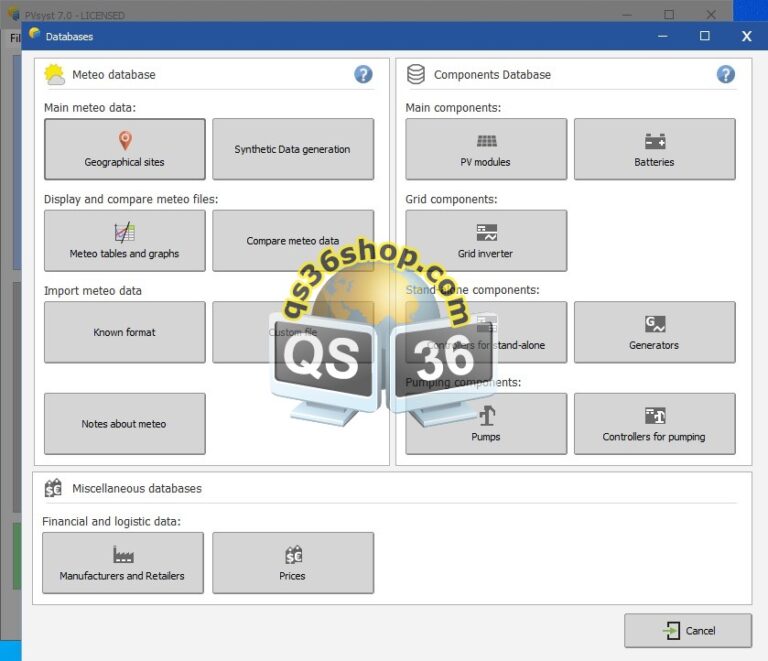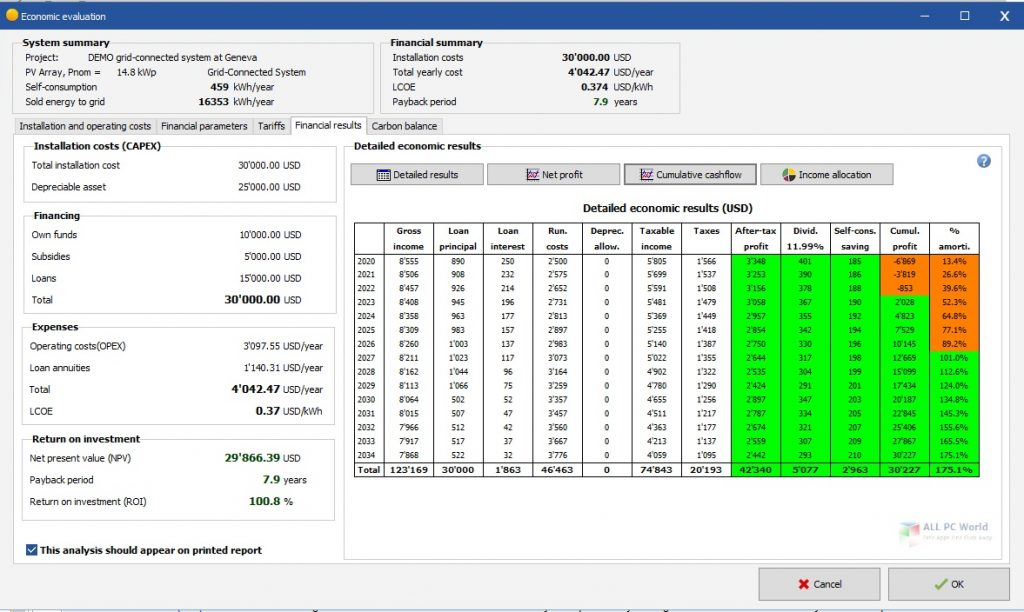
The proposed methodology combines the shading computation from a digital surface model with powerful machine learning algorithms for modeling vertical PV arrays under partial shading conditions. The ANN model has been validated using three years of 5-min-basis monitored data showing very high accuracy (6–16% of relative error depending on the façade). In this work, an artificial neural network (ANN) has been used to model the power generation of different BIPV arrays on a 5 min basis using the meteorological and solar irradiance on-site conditions, as well as the shading patterns estimated from a digital surface model as inputs.

The availability of laser imaging detection and ranging (LIDAR) data to create very-high-resolution elevation digital models can be effectively used for computing the shading at high resolution. In the particular cases of building-integrated and building-attached photovoltaic systems (BIPV and BAPV, respectively) the time-varying partial shading conditions are a relevant added difficulty for modeling the PV power conversion. Modeling the photovoltaic (PV) energy output with high accuracy is essential for predicting and analyzing the performance of a PV system. This paper should also prove helpful to other users when choosing a PV simulation software program for a particular task out of the ones discussed herein. SAM not only modelled the 75MWp plant with considerable accuracy, but it also demonstrated several features that make it the most suitable of the three programs, for the next stage in our work involving the use of optimisation algorithms.

In the end, SAM was identified as potentially the most appropriate software for our future work. As part of the evaluation, PVSyst, SAM and PVLib were also used to model a 75MWp plant at Kalkbult in the Northern Cape Province of South Africa and their results were compared to the total yield produced by the plant in the year 2014.

Because each PV software simulator is created with specific desired goals, the programs tend to exhibit certain desirable features for some tasks and weaknesses in tackling other problems. The work was inspired by the fact that there is quite a wide range of software programs available for simulating solar PV systems. The three, namely PVSyt, SAM and PVLib, are assessed according to several criteria to identify their merits and demerits in different PV system modelling stages and scenarios. In this paper, three commercially available photovoltaic (PV) system simulation software programs are described and evaluated.


 0 kommentar(er)
0 kommentar(er)
